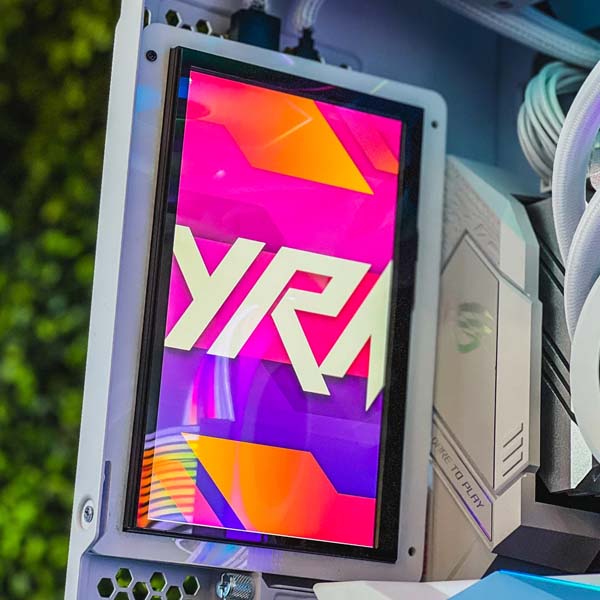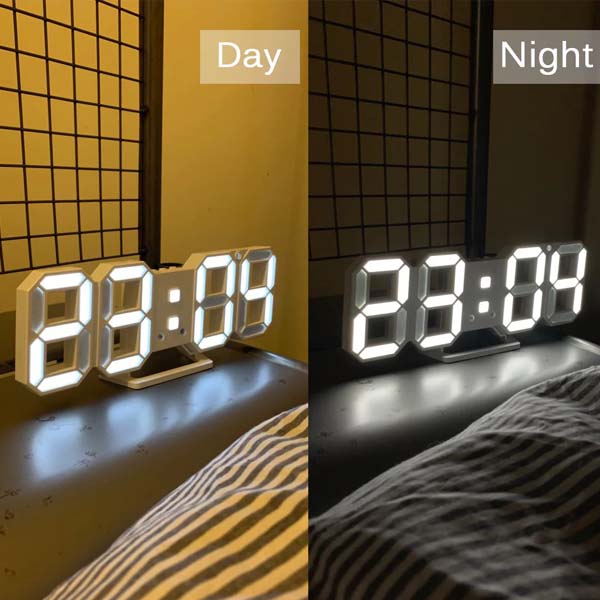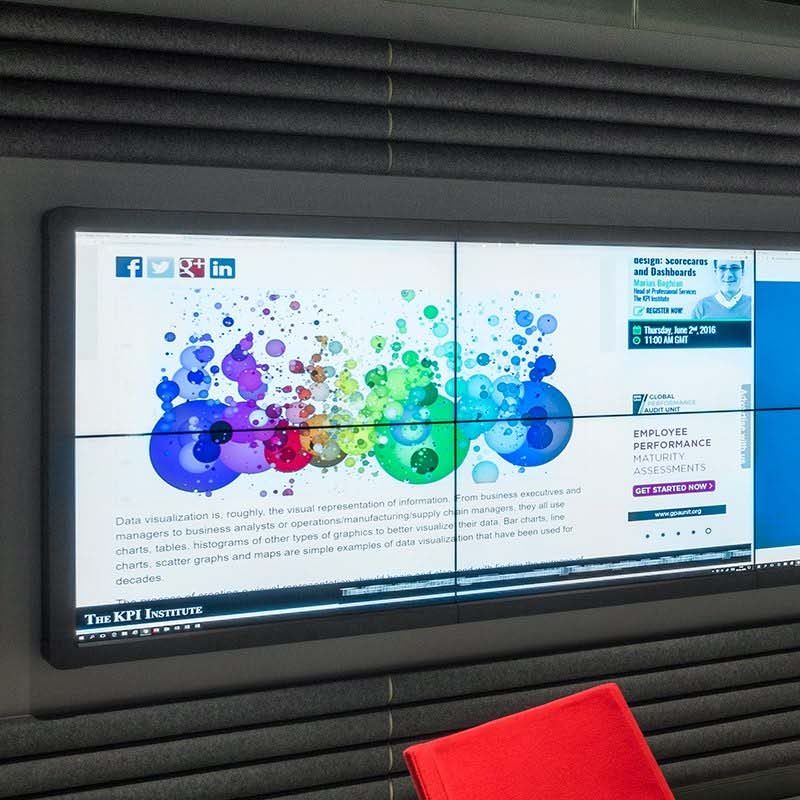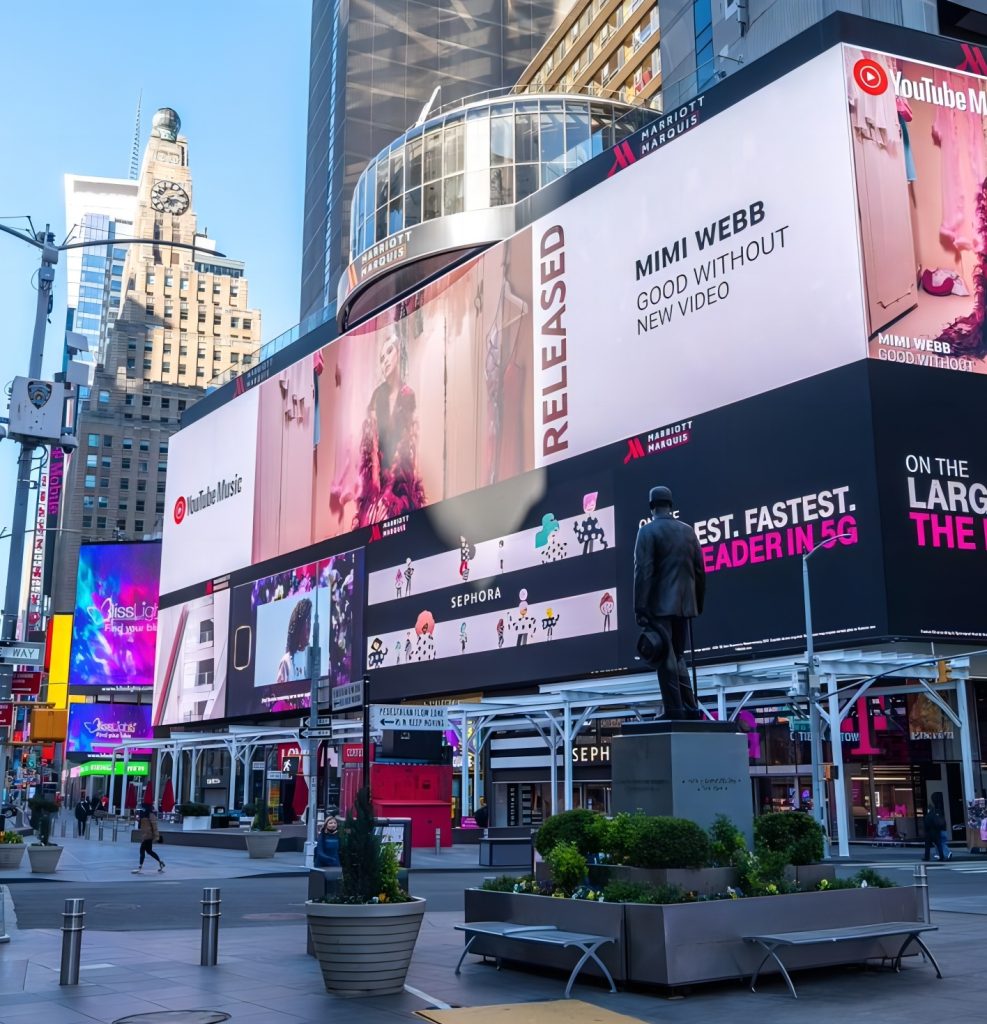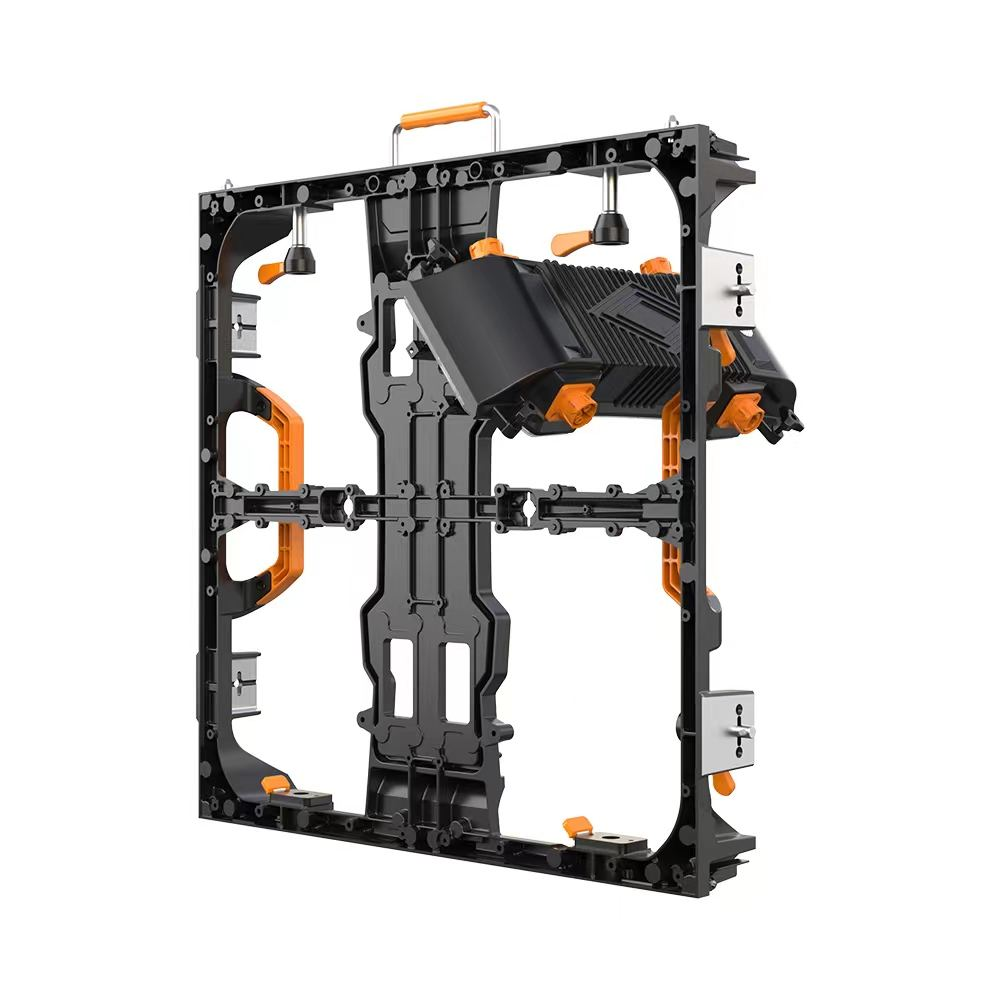Cube LED Display: The Future of Immersive, Multi-Dimensional Visual Technology
In the evolving landscape of digital display technologies, the Cube LED display represents a breakthrough innovation that combines three-dimensional form factor with high-brightness, high-resolution visualization. As industries expand their engagement with immersive, eye-catching content, Cube LED displays are emerging as versatile solutions in advertising, entertainment, corporate branding, and public information dissemination.
Introduction
The evolution of LED display technology has transcended traditional flat-panel designs to incorporate more complex geometric configurations. Among these advances, the Cube LED display stands out for its ability to deliver seamless, 360-degree content visibility through a three-dimensional cubical structure. Unlike conventional LED screens, Cube LED displays provide multi-faceted viewing angles, enhanced spatial interaction, and an innovative canvas for dynamic content presentation.
This article explores the technology behind Cube LED displays, their practical applications, critical advantages, common technical challenges, and emerging trends. Drawing upon industry data, credible case studies, and recognized technical standards, this comprehensive overview equips engineers, marketers, and end-users with an in-depth understanding of this compelling technology.
Understanding Cube LED Displays
Definition: A Cube LED display consists of multiple LED display panels arranged on a cube-shaped frame, allowing content to be shown on all six faces. This configuration supports simultaneous multi-directional viewing and enables an immersive visual experience that surrounds the viewer.
Technical Construction: The foundational components of Cube LED displays include high-brightness surface-mounted device (SMD) LEDs, precision-designed pixel arrangements, integrated driver circuits, and an optimized structural frame that ensures alignment and durability.
The modular design facilitates scalable deployment — from small desk-sized cubes for indoor signage to large-scale outdoor installations exceeding several meters in each dimension. Generally, Cube LED displays incorporate pixel pitches ranging from 1.5mm to 10mm or more, balancing resolution requirements against viewing distance and cost considerations.
Brightness and Sunlight Readability: To ensure exceptional performance in outdoor and high-ambient light environments, Cube LED displays utilize high-luminance LEDs capable of brightness levels reaching 5,000 to 8,000 nits (cd/m²) or higher. This feature makes them reliably readable even under direct sunlight, which is critical for applications such as public advertising and outdoor exhibitions.
Technological Advancements Enabling Cube LED Displays
Several technological innovations underpin the rise of Cube LED displays:
- Flexible PCB and Modular Design: Modern printed circuit boards (PCBs) and modular control units facilitate easy assembly and maintenance, allowing the cube’s six faces to have individual control yet synchronize to produce cohesive content.
- Advanced Processing and Synchronization: Powerful image processors and video control systems ensure content synchronization across all faces, eliminating latency and image misalignment.
- Improved Thermal Management: Heat dissipation is a critical challenge given the densely packed LEDs on a 3D structure. Innovative passive and active cooling solutions, including thermal conduction through metallic frames and integrated fans, maintain performance and prolong lifespan.
- Dynamic Content Mapping Software: Specialized mapping and content management software enable creative visualizations tailored to a cube’s 3D surface. This includes augmented reality (AR) integrations and interactive content responsive to viewer motion.
Applications of Cube LED Displays
Cube LED displays have found applications across various industries due to their capacity to attract attention and convey multi-angle visual narratives effectively:
1. Retail and Advertising
Retail environments utilize Cube LED displays inside stores or at entrance points to showcase multiple products or promotional offers simultaneously on different faces, creating a captivating shopping experience. Outdoor large cube displays at high-traffic locations attract audiences, increasing brand visibility.
2. Events and Entertainment
Concerts, exhibitions, and corporate events deploy Cube LED installations as central stage elements or interactive kiosks that offer 360-degree engagement with real-time graphics, videos, and animations.
3. Public Information and Smart Cities
Urban centers integrate Cube LED displays within smart city frameworks to deliver multi-lingual public notices, transit updates, and emergency alerts viewable from various directions, optimizing audience reach.
4. Art Installations
Artists and designers use Cube LED displays as platforms for innovative digital art, blending technology with sculpture to forge immersive experiences, often inviting public interaction.
5. Corporate Branding and Trade Shows
Companies leverage Cube LED displays at trade shows and exhibitions to create memorable brand presence with spatially dynamic content illustrating services, products, or data visualizations.
Advantages of Cube LED Displays
- Multi-Angle Visibility: The cube design naturally supports simultaneous viewing from multiple sides without loss of image quality, making it ideal for spaces with dispersed audiences.
- Enhanced Viewer Engagement: The three-dimensional format invites viewer interaction and curiosity, resulting in longer engagement times and higher brand recall.
- Space Efficiency: Instead of deploying multiple flat panels, a Cube LED display economizes floor footprint while maximizing content real estate.
- Customizable Content Delivery: Each face can operate independently or in concert, allowing complex multimedia presentations, different languages, or advertising messages targeted to varied demographics around the cube.
- Robust and Durable Design: Often engineered for outdoor use with weatherproof enclosures that comply with industry standards such as IP65 or higher, Cube LED displays offer resilience against elements.
- Scalability: Cubes can be combined or clustered for larger display environments, facilitating versatile event and architectural configurations.
Common Challenges and Problem-Solving Strategies
Despite their advantages, Cube LED displays face several technical and operational challenges which require expert solutions.
1. Seamless Content Synchronization
Ensuring flawless content across all six faces without delay, distortion, or misalignment requires high-precision video processing hardware and software. Employing protocols such as HDMI, SDI in conjunction with FPGA (Field-Programmable Gate Arrays) based controllers optimizes performance.
2. Viewing Angle and Pixel Pitch Optimization
Given the cube’s physical edges, content distortion may occur at corners or edges without appropriate pixel pitch selection and panel alignment. Industry best practices suggest customized calibration and tilting to preserve image uniformity.
3. Thermal Management in Confined Spaces
Heat accumulation inside the cube’s enclosed structure can degrade LEDs or electronic components. Integrating efficient heat sinks, ventilated frames, and temperature sensors with automated cooling ensures operational longevity.
4. Maintenance and Serviceability
The multi-faceted configuration can complicate servicing. Designing modular panels with quick-release mechanisms and enabling remote diagnostics improves uptime and lowers operational costs.
5. Power Consumption
High-brightness LED arrays demand substantial power, especially outdoors. Implementing energy-efficient driver ICs and adaptive brightness control based on ambient light reduces energy consumption while maintaining visibility.
Latest Trends and Future Prospects
The Cube LED display industry is rapidly evolving with integration of new technologies and expanded applications:
- MicroLED Integration: MicroLED technology promises higher brightness, longer lifespan, and smaller pixel pitches, refining cube displays with superior image fidelity.
- Interactive and Gesture Control: Incorporating sensors and AI-driven computer vision enables real-time user interaction, making Cube LED displays central to experiential marketing and digital art.
- AR and VR Hybridization: Combining Cube LED hardware with AR overlays or VR environments could pioneer new modes of storytelling and data visualization.
- Eco-Friendly Materials and Energy Optimization: Sustainable manufacturing processes and smart energy management are becoming focal points aligning with global environmental standards.
- Standardization and Industry Collaboration: Referencing protocols like IEC 62717 for LED module reliability and adopting HDR (High Dynamic Range) standards will enhance interoperability and longevity.
Case Study Highlight: Cube LED in Retail Activation
In 2022, a leading global retail brand implemented a Cube LED display installation in their flagship store located in Times Square, New York City. The cube measured 2 meters on each side, featuring a pixel pitch of 2.5mm and peak brightness of 6,000 nits. The content ran synchronized advertisements and product visuals tailored per face, targeting pedestrians approaching from four directions.
Results demonstrated a 40% increase in customer engagement compared to traditional flat LED screens and a significant uplift in on-site foot traffic. Maintenance logs reported minimal downtime due to robust modular designs, validating the technical efficacy of Cube LED displays in high-demand commercial settings.
Conclusion
The Cube LED display represents a transformative advancement in digital visual technology, spatially redefining how content is consumed and experienced. By merging multi-faceted visibility, high brightness, and adaptable content strategies, Cube LED displays have carved a niche that addresses contemporary market demands for immersive and dynamic visual communication.
For manufacturers and end-users, understanding the technology’s core principles, benefits, and challenges is essential to successfully deploying Cube LED solutions worldwide. Looking ahead, ongoing research into microLED innovation, interactive capabilities, and energy-efficient designs will further cement Cube LED displays as pivotal elements in future visual-centric applications.
As industries continue to leverage this three-dimensional visual paradigm, Cube LED displays are poised not only to enhance viewer engagement but also to redefine the role of digital signage in interactive environments.
References and Further Reading
- International Electrotechnical Commission (IEC) 62717 – LED Modules for General Lighting – Performance Requirements
- Huang, J., & Wu, T. (2019). “Multi-Dimensional LED Display Technologies: Trends and Challenges.” Journal of Display Technology, IEEE.
- Smith, R. (2021). “High-Brightness LED Displays for Outdoor Applications.” Lighting Research Center, Rensselaer Polytechnic Institute.
- Wikipedia contributors. “LED Display.” Wikipedia, The Free Encyclopedia. https://en.wikipedia.org/wiki/LED_display
- Digital Signage Today. “Emerging Trends in 3D LED Displays.” Digital Signage Insights, 2023.
- Case Study: “Times Square Retail Cube LED Installation.” Urban Visual Solutions, 2022.

